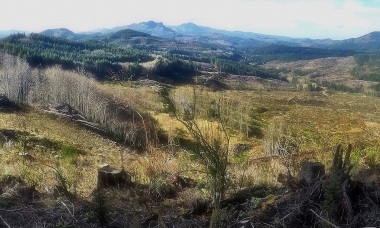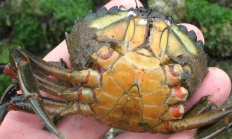
Search myodfw.com
Find maps, boundary descriptions and the percent public land for the Mt. Emily Unit.
Find maps, boundary descriptions and percent public land for the Murderers Creek Unit.
Find maps, boundary descriptions and the percent public lands for the Northside Unit.

Find maps, boundary information and the percent public land in the Ochoco unit.
Find maps, boundary descriptions and the percent public land for the Owyhee Unit.
Find maps, boundary information and the percent public land in the Paulina Unit.
Find maps, boundary descriptions and the percent public land for the Pine Creek Unit.
Find maps, boundary information and the percent public land in the Powers Unit.
Find maps, boundary information and the percent public land in the Rogue Unit.

Find maps, boundary descriptions and the percent public land for the Saddle Mountain Unit.

Find maps, boundary descriptions and the percent public land for the Santiam Unit.

From the rugged Coast Range to the Cascade Mountains, this vast area offers good general season hunting opportunities.

The transition from forested foothills of Mt. Hood to the beginnings of the Columbia Basin offers big game hunters an array of opportunities. The challenge can be finding public land or getting permission to hunt on private land.

Features: Common carp are deep-bodied, heavy-looking fish with short heads and forked tails. They have large (really large) scales ranging from grey to bronze. Two barbels hang from each side of the upper lip of their subterminal (near the bottom of the head) mouth. This distinguishes them from goldfish that have no barbels. The dorsal fin is elongated. Habitat: Though tolerant of most conditions, common carp prefer large bodies of slow moving or standing water with soft sediments like mud or sand, and good growths of aquatic vegetation. They’re omnivorous bottom feeders that prefer aquatic insects, worms, mollusks and zooplankton

This vast area covers the Columbia Basin through the Blue, Wallowa and Elkhorn mountains to Hells Canyon. Some of Oregon's most prized big game hunts are managed in this area.

Densely forested hillsides from the coast through the Siskiyou Mountains to the Cascade Range offer excellent habitat for a myriad of big game species.

While recreationally harvesting green crab has been allowed for decades, the Oregon Fish and Wildlife Commission recently increased the daily bag limit to 35 crab. This gives recreational shellfishers an opportunity to help native shellfish by taking more of these invaders home. European green crab are an invasive species in Oregon. While recreational harvest is allowed (35 per day), harvesters must correctly identify these crabs (see below) as they often are mistaken for native species. Commercially harvesting green crab is prohibited. Green crab: Compete with native crabs for food. Larger green crab may eat smaller native shellfish. May disturb eelgrass

